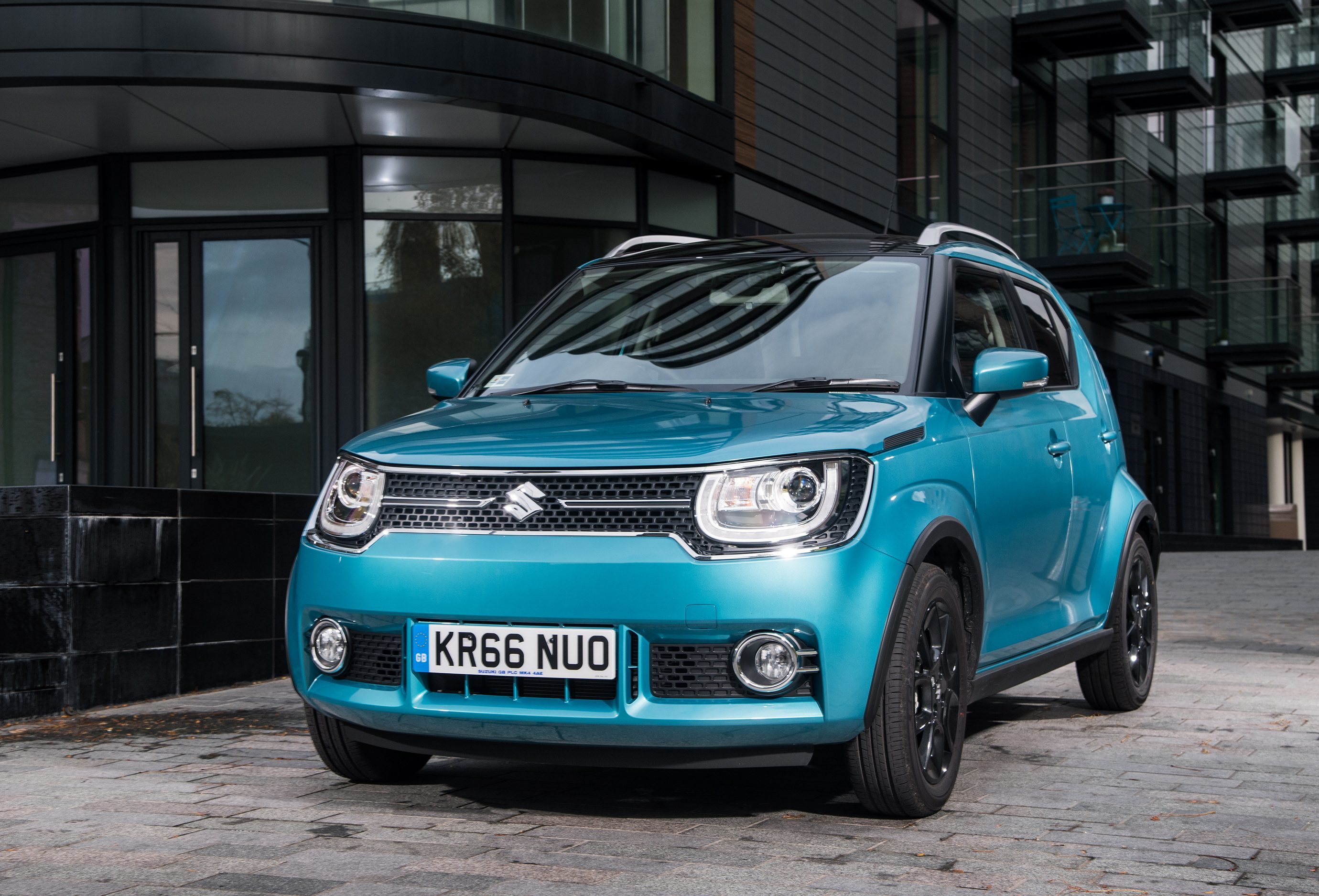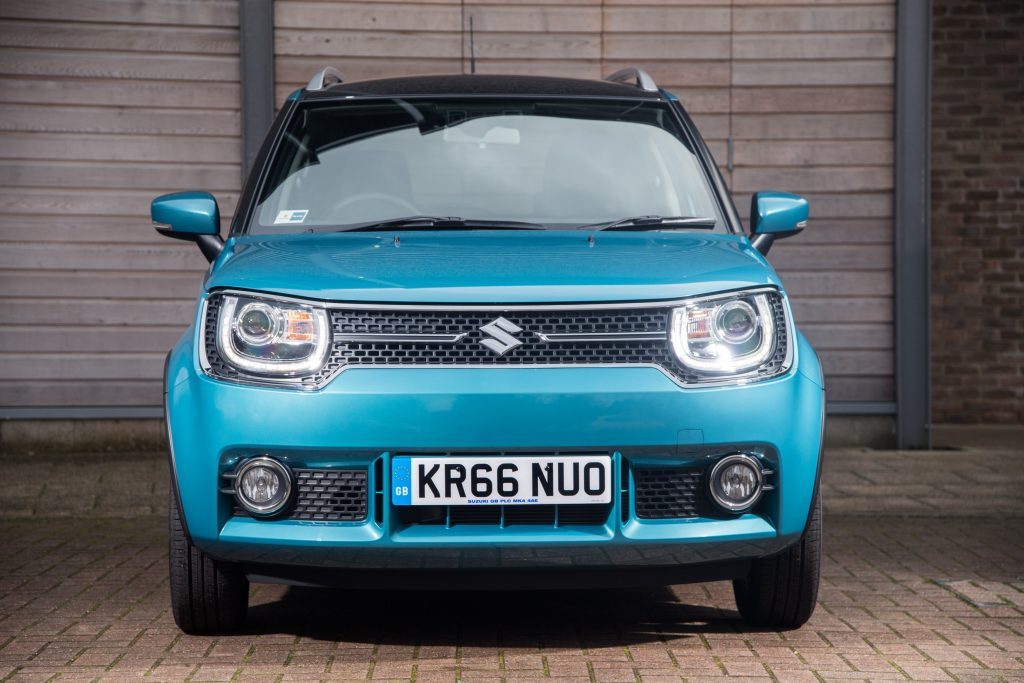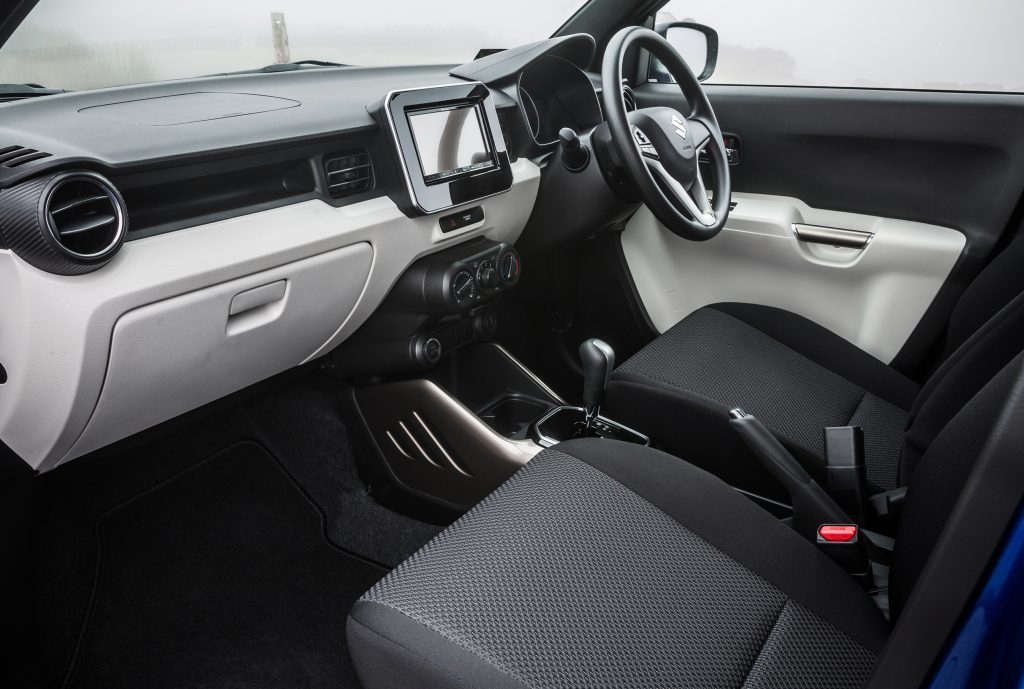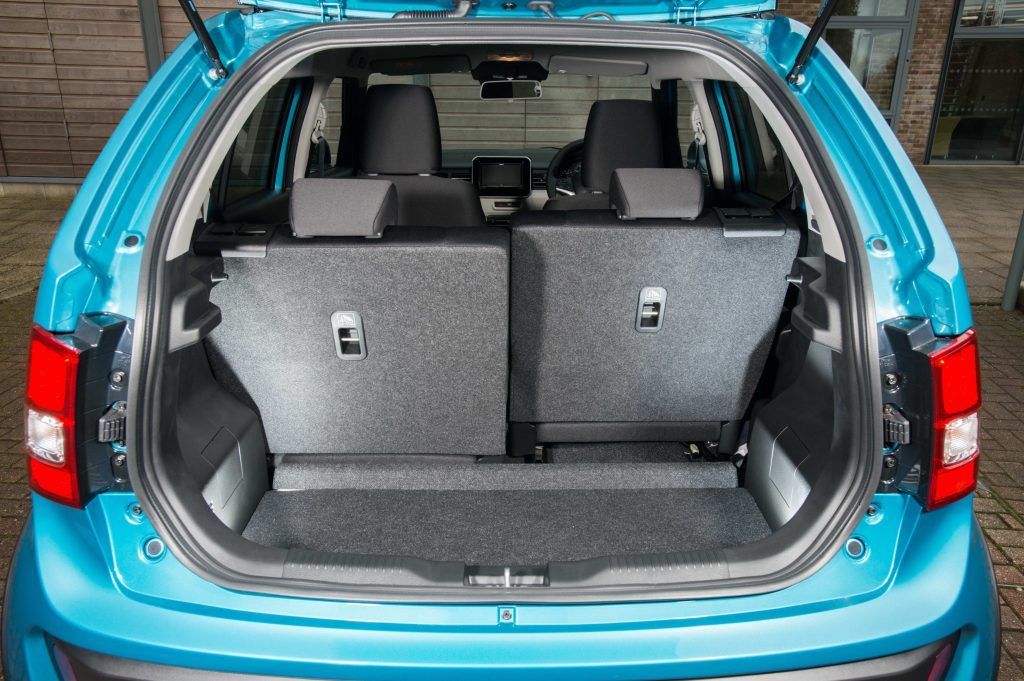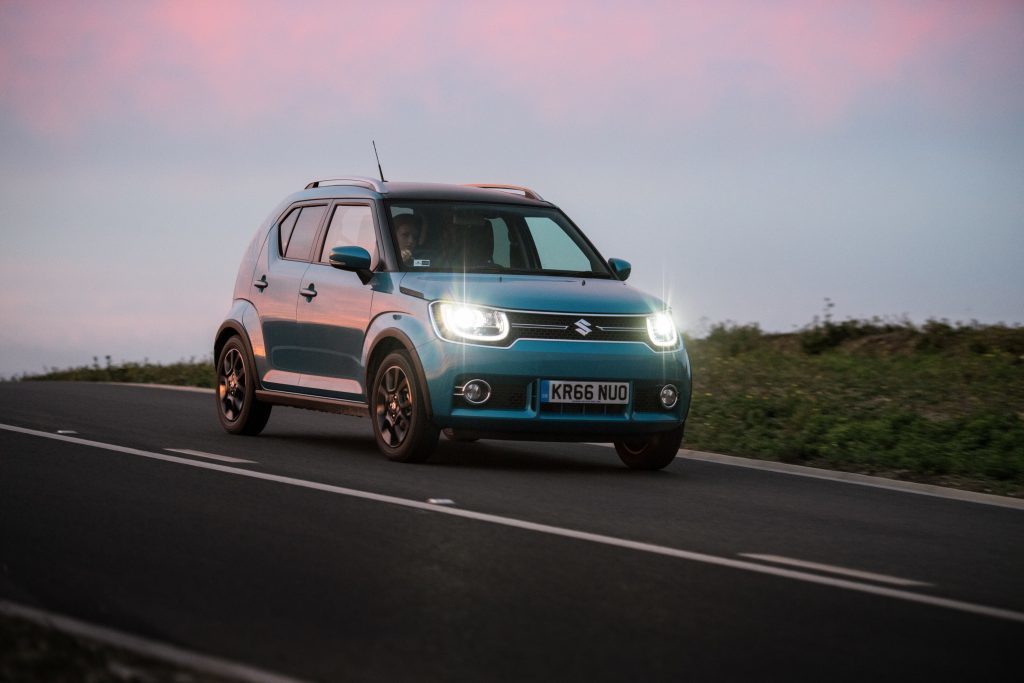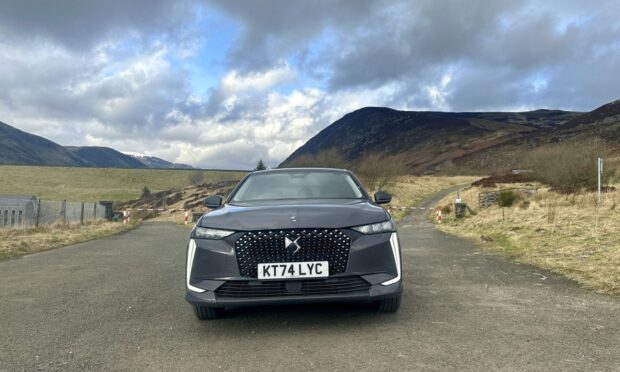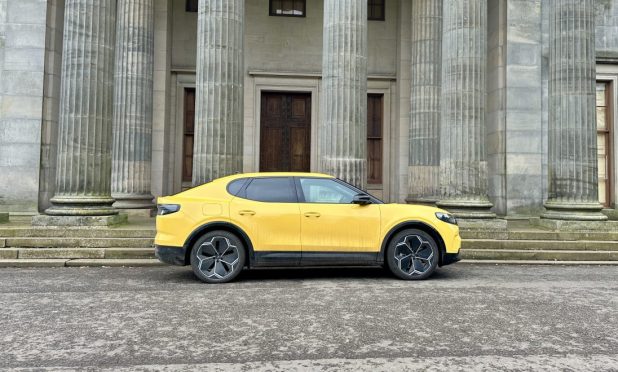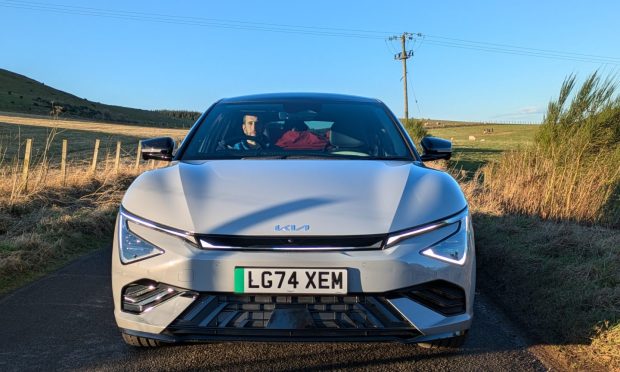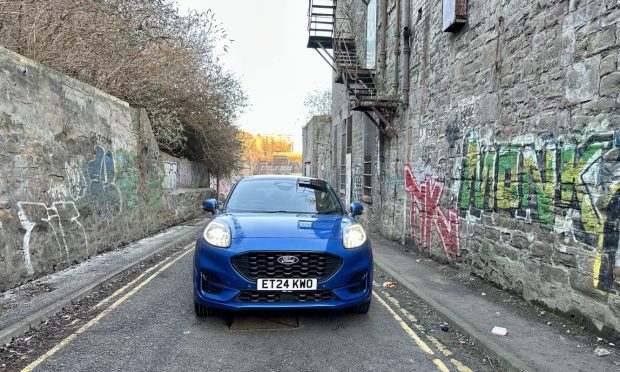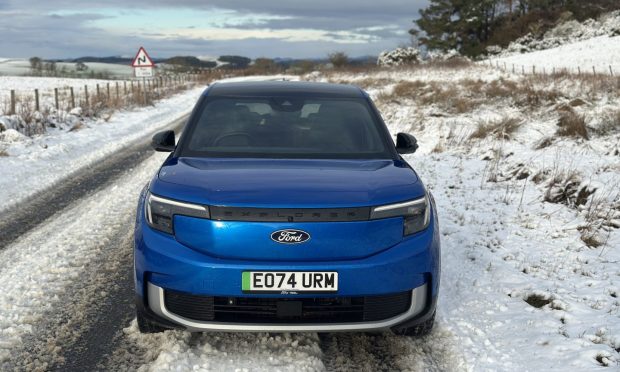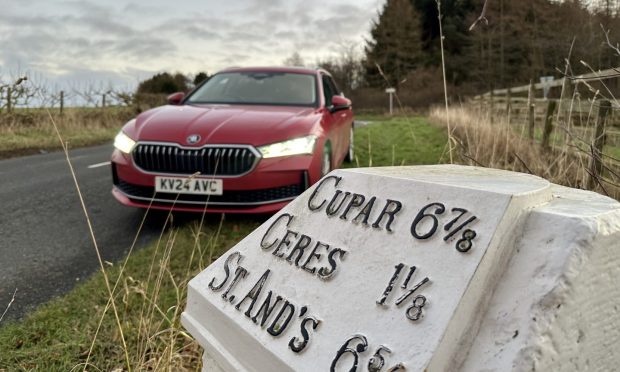The titchy Suzuki Ignis blends crossover looks with city car dimensions, four-wheel drive and the company’s “mild hybrid” technology.
That makes it a pretty unique alternative to the likes of the Volkswagen Up, Skoda Citigo and Vauxhall Adam.
Prices start at around £10,500 for an entry level front-wheel drive model. I spent a week with a range topping four-wheel drive variant that has Suzuki’s mild hybrid technology added to the 1.2 litre petrol engine that’s standard across the range.
Essentially, this feeds power generated during braking into a separate battery that helps power electronics when stop/start is engaged at traffic lights, or lends a hand with acceleration. It’s a nice, if hardly earth shattering, piece of technology and one that goes about its work more or less unnoticeably.
The Ignis is truly tiny – just 3.7 metres long and 1.7 metres wide. Despite that, it manages to cram as much interior space as some cars a size above into that little shell.
I’m a big guy and I had plenty of leg and headroom up front. Even in the rear, headroom was good and legroom adequate as long as the front seat was slid quite far forwards.
Higher spec versions like mine have a rear seat that can slide forward or back, so you can choose between increased passenger or boot space. Very clever indeed.
Models without the sliding seat come with an excellent 267 litres of boot space. The extra space taken up by a four-wheel drive unit drops this to 201 litres. Fold the rear seats and there’s a remarkable 1,100 litres of capacity.
Economy, as you might expect, is very good. Two-wheel drive models return 65mpg and four-wheel drive versions still break 60mpg.
Do you really need four-wheel drive in a car this small? I’d argue that many buyers will see it as a bonus. I drove through a torrential rainstorm on the M90 towards the new Queensferry Crossing. Even with the rain bouncing to knee height off the road surface the Suzuki felt stable and in no danger of aquaplaning.
Plenty of people in Fife, Perthshire and Angus live just a few minutes out into the sticks – not far enough to need an expensive off roader. A cheap-to-run city car that can handle a dusting of snow is just the ticket.
The Ignis is a pretty pleasant wee thing to drive. Zero to 62mph takes 11.5 seconds, so it’s nippy enough, and despite being a tall car it handles well too.
It doesn’t ride like a BMW 5-Series, of course, but I found it comfortable enough on long journeys. It handled a 90 minute drive from Dundee to Portobello very nicely.
The interior’s well laid out and everything is within easy reach. My model had a Pioneer touchscreen that was a pain to use, but Suzuki are upgrading it to the same in-house model as in the larger Baleno, which should greatly improve matters.
The Ignis is never going to be a game changer in the way the Volkswagen Up was, but in combining SUV and city car Suzuki have come up with a car that fills its niche in very satisfying fashion.
Vital stats
Price: £14,499
0-62mph: 11.5 seconds
Top speed: 103mph
Economy: 60.1mpg
CO2 emissions: 106g/km
